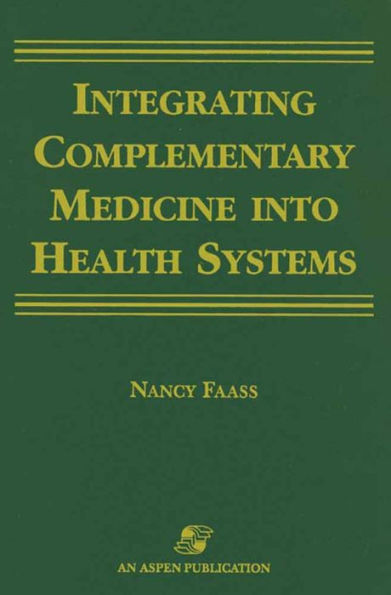5
1
9780834212169


Integrating Complementary Medicine Into Health Systems available in Hardcover

Integrating Complementary Medicine Into Health Systems
- ISBN-10:
- 0834212161
- ISBN-13:
- 9780834212169
- Pub. Date:
- 03/09/2001
- Publisher:
- Jones & Bartlett Learning
- ISBN-10:
- 0834212161
- ISBN-13:
- 9780834212169
- Pub. Date:
- 03/09/2001
- Publisher:
- Jones & Bartlett Learning
460.95
In Stock

Product Details
| ISBN-13: | 9780834212169 |
|---|---|
| Publisher: | Jones & Bartlett Learning |
| Publication date: | 03/09/2001 |
| Edition description: | 1E |
| Pages: | 763 |
| Sales rank: | 747,267 |
| Product dimensions: | 1.60(w) x 7.00(h) x 10.00(d) |
About the Author
From the B&N Reads Blog
